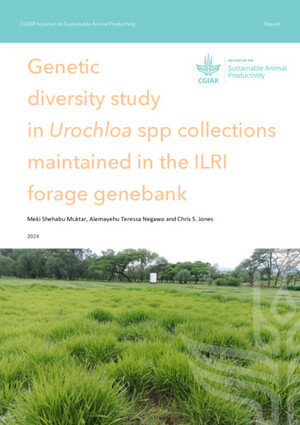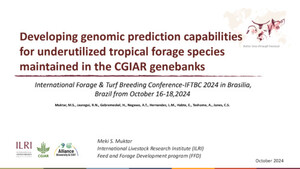
Effects of grazing and climate variability on grassland ecosystem functions in Inner Mongolia: Synthesis of a 6-year grazing experiment
Abstract
From 2004 to 2010, the Sino-German research group MAGIM (Matter fluxes of Grasslands in Inner Mongolia as affected by grazing) ran a grazing experiment in a typical steppe ecosystem in Inner Mongolia, North China. Multiple ecological effects of grazing, climate variability and topography on plant and animal productivity, plant species composition change, decomposition and mineralization, soil nitrogen and organic matter distributions and dynamics, soil physics and chemistry, and soil-atmosphere gas exchange were measured in fenced plots with defined stocking rates and under different grazing management systems. This paper reviews and synthesizes the most important outcomes, conclusions, and open questions from the different project groups, as published in 125 ISI articles. While greenhouse gas fluxes, plant properties, and livestock performance were particularly responsive to (inter-) annual climate variability, soil properties were more affected by grazing intensity. Various management options based on the project results for semi-arid grasslands under changing climatic conditions are discussed.
Citation
Hoffmann, C., Giese, M., Dickhoefer, U., Hongwei Wan, Yongfei Bai, Steffens, M., Chunyan Liu, Butterbach-Bahl,K. and Xingguo Han. 2016. Effects of grazing and climate variability on grassland ecosystem functions in Inner Mongolia: Synthesis of a 6-year grazing experiment. Journal of Arid Environments 135:50–63.










